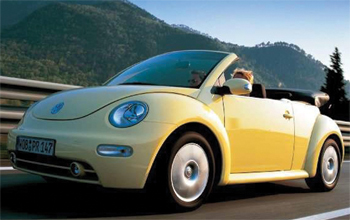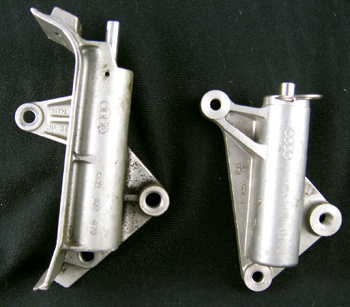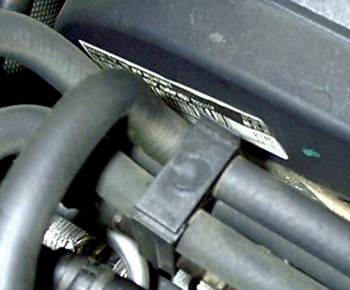 Murphy’s Law needs to be updated for the new century. If something can fail, it will, and I would like to add “Complexity changes damage to disaster.”
Murphy’s Law needs to be updated for the new century. If something can fail, it will, and I would like to add “Complexity changes damage to disaster.”
Nothing makes this truer than the changes in automobile engine design over the last 20 years or so.
For example, in the early 1970s, VW/Audi designed a small, efficient and reliable engine that was easy to work on and made use of the then fairly new technology of a rubber timing belt without the possibility of damage if it failed.
 This two-valve-per-cylinder engine produced excellent power and economy, and really set the standard that many other manufacturers couldn’t match.
This two-valve-per-cylinder engine produced excellent power and economy, and really set the standard that many other manufacturers couldn’t match.
The demand for more horsepower led VW/Audi to look for ways to add performance without a complete redesign of the basic engine. An early attempt at multiple-valve technology added complexity to the mix in the form of the 16V engines in the late 1980s and early 1990s.
The addition of more parts in that engine did little for performance, but cost dearly in reliability and durability, causing more than a few of those cars to wind up in the crusher. Many other manufacturers have made this same mistake, and those cars have developed reputations as cars to avoid.
Now some carmakers have started a return to reliability as a major focus by redesigning their engines with timing chains in place of the maintenance cost of belt replacement.












